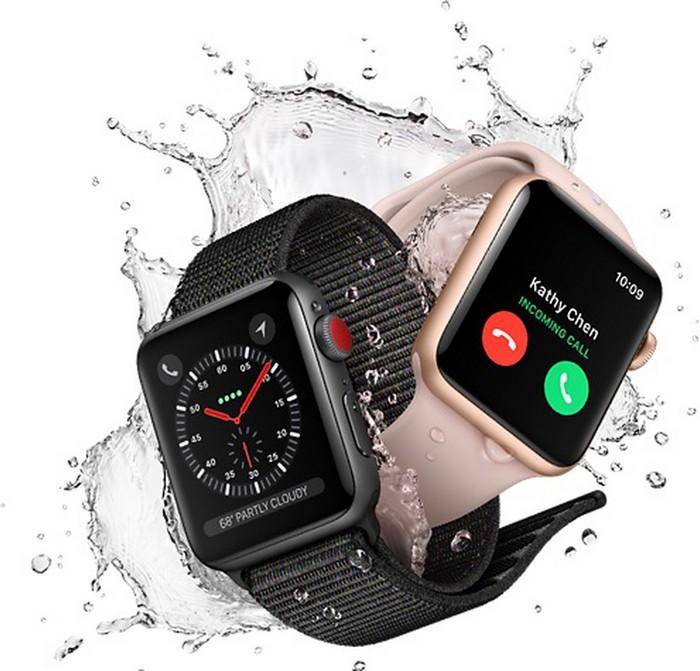The Apple Watch is a powerful tool that extends the functionality of your iPhone to your wrist. However, like any portable device, it relies on battery power to function. Many users experience issues with their Apple Watch battery draining quickly. This comprehensive guide will provide you with practical tips and strategies to maximize your Apple Watch battery life, ensuring it lasts throughout the day.
Review Battery Draining Apps
Step 1: Check Battery Usage
Your Apple Watch keeps track of which apps are consuming the most battery. To review this information:
- Open the Watch App on Your iPhone: Navigate to the “My Watch” tab.
- Go to Battery: Tap on “Battery” to view the usage data.
Step 2: Manage Battery Draining Apps
- Identify High-Consumption Apps: Check which apps are using the most battery.
- Adjust Settings: Consider removing these apps or limiting their background activity. You can do this by going to the app settings on your watch or iPhone and turning off unnecessary features.
Reduce App Notifications
Step 1: Customize Notifications
Frequent notifications can significantly drain your battery. To manage this:
- Open the Watch App on Your iPhone: Navigate to the “My Watch” tab.
- Go to Notifications: Scroll down and select “Notifications.”
- Adjust Notification Settings: Turn off notifications for apps that you don’t need to receive on your watch.
Step 2: Use Notification Summary
Instead of receiving notifications in real-time, you can use the Notification Summary feature:
- Open the Settings App on Your iPhone: Go to “Notifications.”
- Enable Notification Summary: Set up a schedule for when you want to receive a summary of your notifications.
Adjust Display Settings
Step 1: Reduce Screen Brightness
The display is one of the most power-hungry components of your Apple Watch. Lowering the brightness can help save battery life:
- Open Settings on Your Apple Watch: Tap on “Display & Brightness.”
- Adjust Brightness: Lower the brightness to a comfortable level.
Step 2: Shorten Screen Wake Time
Reducing the amount of time your screen stays on after being activated can also help conserve battery:
- Open Settings on Your Apple Watch: Tap on “Display & Brightness.”
- Adjust Wake Time: Set the screen wake time to the minimum setting.
Disable Background App Refresh
Background App Refresh allows apps to update their content in the background, but it can drain your battery:
- Open the Watch App on Your iPhone: Go to the “My Watch” tab.
- Select General: Tap on “Background App Refresh.”
- Turn Off Background App Refresh: Disable it for all apps or selectively for apps that you don’t need to refresh in the background.
Restart Your Apple Watch
Sometimes, a simple restart can resolve minor glitches that may be affecting battery life:
- Press and Hold the Side Button: Hold until you see the power off slider.
- Slide to Power Off: Turn off your Apple Watch, then press and hold the side button again to turn it back on.
Unpair and Re-pair Your Apple Watch
If restarting doesn’t help, you may need to unpair and re-pair your Apple Watch to resolve software issues:
- Open the Watch App on Your iPhone: Go to the “My Watch” tab.
- Select Your Watch: Tap on the watch at the top of the screen.
- Unpair Apple Watch: Tap “Unpair Apple Watch” and follow the prompts.
- Re-pair Your Apple Watch: Follow the instructions to pair your watch with your iPhone again.
Reset Your Apple Watch (if needed)
As a last resort, you can reset your Apple Watch to its factory settings. Remember to create a backup before doing this:
- Open Settings on Your Apple Watch: Go to “General” and then “Reset.”
- Erase All Content and Settings: Select this option and confirm.
Preventive Steps
Use Power Saving Mode During Workouts
When using the Workout app, you can enable Power Saving Mode to limit certain features and save battery:
- Open the Watch App on Your iPhone: Go to the “My Watch” tab.
- Select Workout: Toggle on “Power Saving Mode.”
Regularly Update Your Apple Watch
Software updates often include performance improvements and bug fixes that can help improve battery life:
- Open the Watch App on Your iPhone: Go to the “My Watch” tab.
- Select General: Tap “Software Update” and install any available updates.
Turn Off Wi-Fi and Cellular When Not Needed
If you don’t need Wi-Fi or cellular services, turning them off can save battery:
- Open Settings on Your Apple Watch: Go to “Wi-Fi” or “Cellular.”
- Turn Off Wi-Fi/Cellular: Toggle off when not in use.
Regularly Reboot Your Apple Watch
Rebooting your Apple Watch once a week can help prevent battery life issues:
- Press and Hold the Side Button: Hold until you see the power off slider.
- Slide to Power Off: Turn off your Apple Watch, then press and hold the side button again to turn it back on.
Optimize Watch Face Selection
Choose simpler watch faces to conserve battery life. Faces with fewer complications (widgets) use less power:
- Press and Hold the Watch Face: Swipe left or right to select a simpler face.
- Customize Watch Face: Use the Watch app on your iPhone to further customize and simplify the watch face.
Conclusion
By following these tips and strategies, you can significantly improve the battery life of your Apple Watch. Reviewing battery-draining apps, reducing notifications, adjusting display settings, disabling background app refresh, and taking preventive steps can all contribute to longer battery life. Additionally, regular updates, mindful usage of power-saving modes, and simple maintenance routines like restarting or resetting your watch can help ensure your Apple Watch remains functional and efficient throughout the day. With these practices in place, you can make the most of your Apple Watch without constantly worrying about running out of battery.

